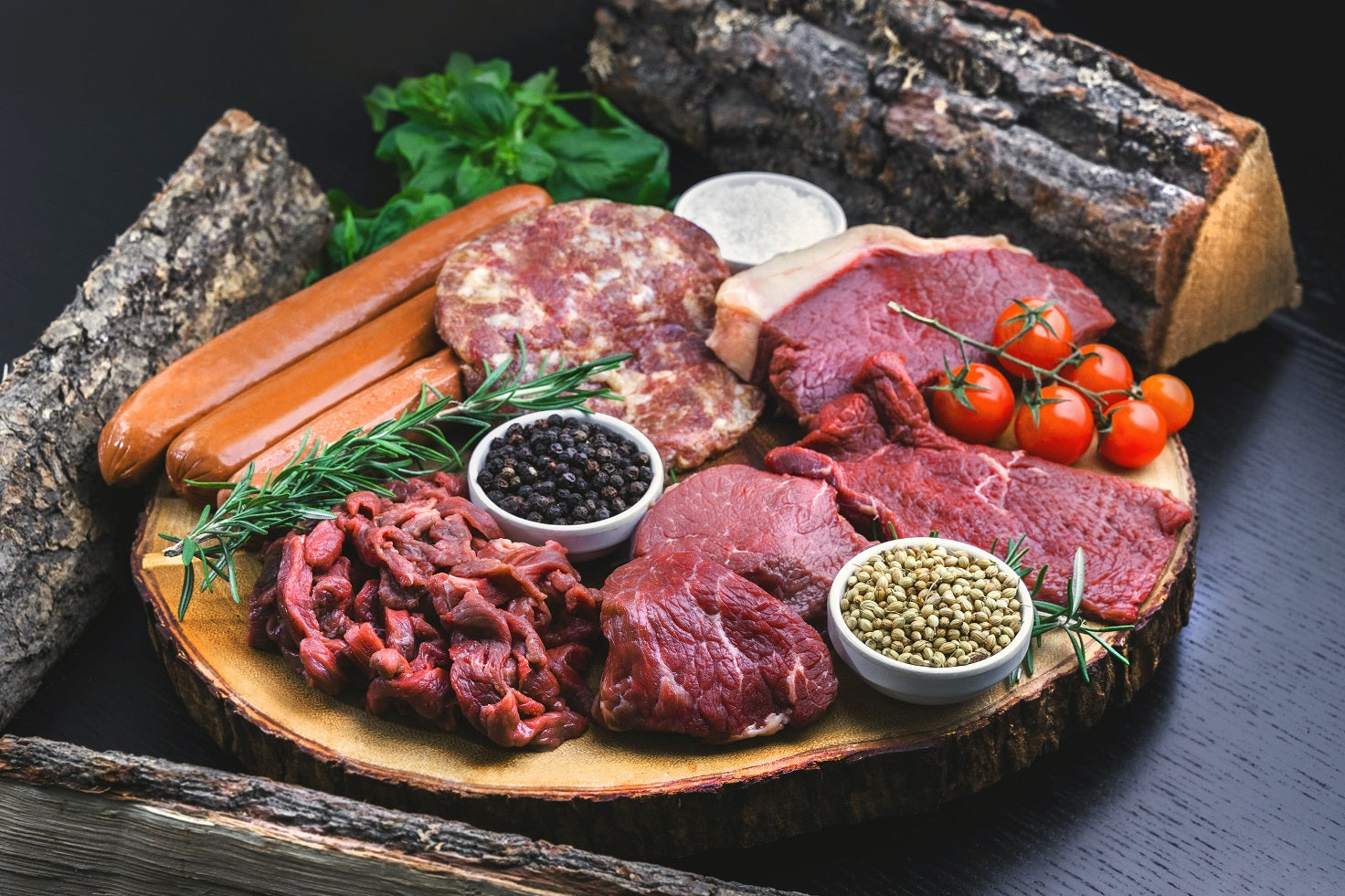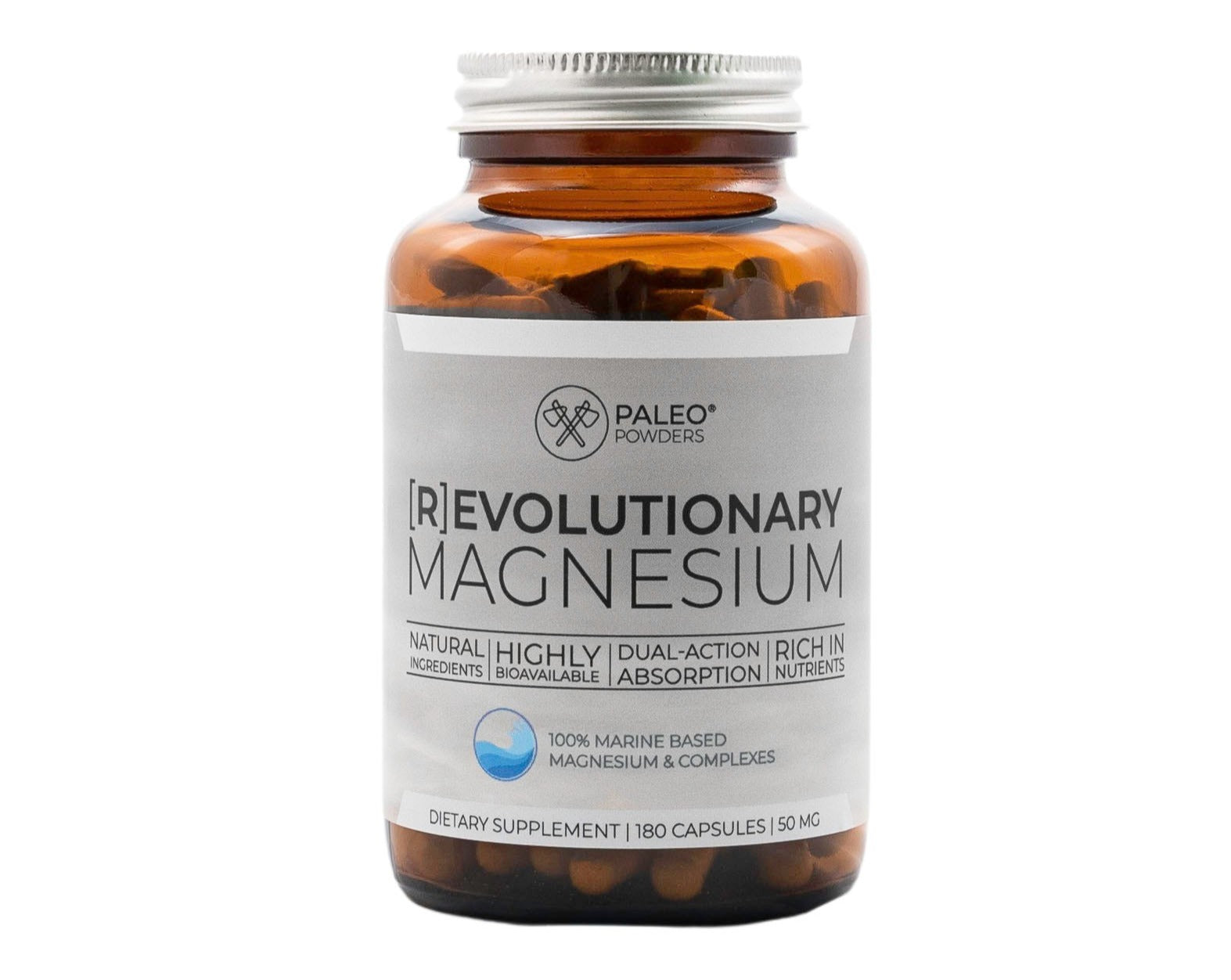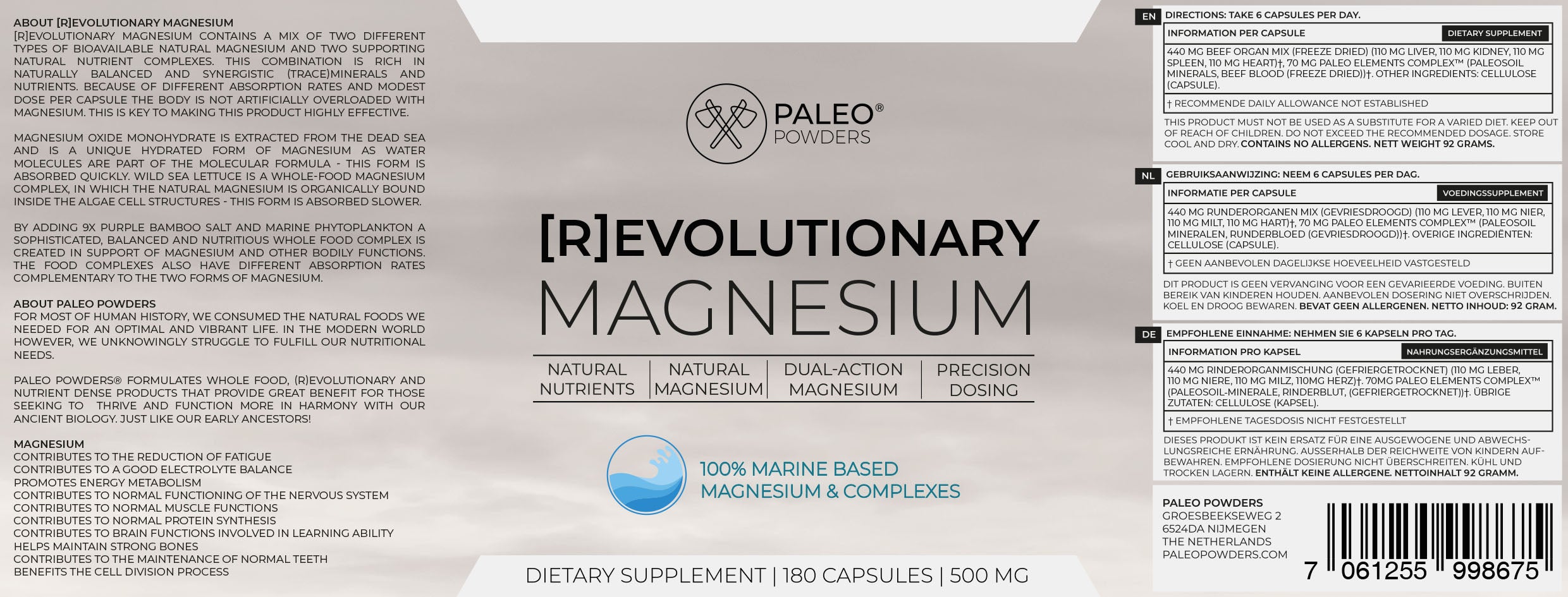
Runderorganen als primaire voedingsbron
Als het gaat om het maximaliseren van de voedingswaarde van rundvlees, richten veel mensen zich op stukken zoals biefstuk. Maar hoe zit het eigenlijk met de organen?
Traditioneel werden organen in veel culturen over de hele wereld als een delicatesse beschouwd. In feite waardeerden onze vroege voorouders waarschijnlijk orgaanvlees vanwege hun voedzame rijkdom en beschouwden ze als een speciale traktatie. Tegenwoordig heeft de neus-aan-staartbeweging in de culinaire wereld orgaanvlees weer in de schijnwerpers gezet, waarbij zowel chef-koks als thuiskoks het idee omarmen om elk deel van het dier te gebruiken.
Een eenvoudige manier om meer orgaanvlees in je dieet op te nemen, is bijvoorbeeld door een supplement te gebruiken. De runder Orgaan Mix van Paleo Powders bevat een uitgebalanceerde mix van verschillende organen zoals lever, nieren en hart allemaal afkomstig van 100% grasgevoerde koeien die zijn opgegroeid in Nieuw-Zeeland.
Nieuw-Zeeland staat bekend om zijn grasgevoerd rundvlees van hoge kwaliteit en de koeien van het land worden grootgebracht op open weiden zonder het gebruik van hormonen of antibiotica. Dit betekent dat het orgaanvlees dat in de capsules wordt gebruikt niet alleen puur zijn, maar ook vrij van toevoegingen en verontreinigingen zoals antibiotica of bestrijdingsmiddelen.
Maar wat maakt orgaanvlees zo voedzaam? Om te beginnen is het een uitstekende bron van essentiële vitamines en mineralen. Runderlever zit bijvoorbeeld boordevol vitamine A, B12 en foliumzuur, evenals ijzer en koper. Het is ook een van de beste bronnen van vitamine D, wat belangrijk is voor de gezondheid van de botten. Nieren en hart zijn ook goede bronnen van ijzer, terwijl alvleesklier een rijke bron van enzymen is.
Naast hun voedingswaarde heeft orgaanvlees ook een aantal andere gezondheidsvoordelen. Onderzoek suggereert bijvoorbeeld dat het consumeren van lever kan helpen om het energieniveau te verbeteren. Het kan ook een gezonde huid ondersteunen en de algehele welbevinden verbeteren. Hart is ondertussen een goede bron van CoQ10!
Een van de redenen waarom onze voorouders het goed deden met een dieet met orgaanvlees, is dat ze het belang inzagen van een gevarieerde en evenwichtige inname van voedingsstoffen. Verschillende stukken vlees en organen bevatten verschillende soorten en hoeveelheden voedingsstoffen, en door een verscheidenheid aan verschillende opties in hun dieet op te nemen, konden onze voorouders het meeste uit hun voeding halen. Dit is vergelijkbaar met het moderne concept van "neus tot staart" eten, dat het gebruik van elk deel van een dier aanmoedigt in plaats van enig deel ervan te verspillen.
Naast de voedingswaarde van orgaanvlees erkenden onze voorouders ook de geneeskrachtige eigenschappen van deze voedingsmiddelen. Lever werd bijvoorbeeld beschouwd als een tonicum voor het bloed en werd vaak gebruikt om bloedarmoede te behandelen, terwijl de nier werd verondersteld de nierfunctie te ondersteunen en gifstoffen uit het lichaam te verwijderen. Hoewel deze geneeskrachtige eigenschappen op dat moment misschien niet volledig werden begrepen, wisten onze voorouders dat deze voedingsmiddelen waardevol waren en namen ze ze op in hun dieet.
Conclusie
Dus, wat kunnen we leren van de manier waarop onze voorouders omgingen met orgaanvlees? Een les is het belang van een gevarieerde en evenwichtige inname van voedingsstoffen. Door verschillende soorten vlees en organen in ons dieet op te nemen, kunnen we een optimale gezondheid en welzijn ondersteunen en het meeste uit onze eiwitbronnen halen.
Door een neus-tot-staartbenadering van eten te omarmen, kunnen we bovendien verspilling verminderen en duurzame en ethische landbouwpraktijken ondersteunen. Of je nu het paleo- of carnivoordieet volgt of gewoon uw algehele gezondheid en welzijn wilt verbeteren, het opnemen van orgaanvlees in je dieet is een waardevolle en voedzame keuze.
Naast hun voedingswaarde is orgaanvlees ook een geconcentreerde bron van voedingsstoffen zoals eiwitten, ijzer en een scala aan vitamines en mineralen. Ze kunnen een waardevolle aanvulling zijn op elk dieet en kunnen helpen bij het ondersteunen van een optimale gezondheid en welzijn.
Dus als je op zoek bent naar een handige en voedzame manier om meer orgaanvlees in uw dieet op te nemen, overweeg dan om Runder Orgaan Mix eens te proberen. Bovendien kunt je, door orgaanvlees in je dieet op te nemen, een eerbetoon brengen aan onze vroege voorouders en hun vindingrijke benadering van eten. Wie weet merk je misschien zelfs dat je een hernieuwde waardering hebt voor koeienlever (of in ieder geval voor de gezondheidsvoordelen ervan).








